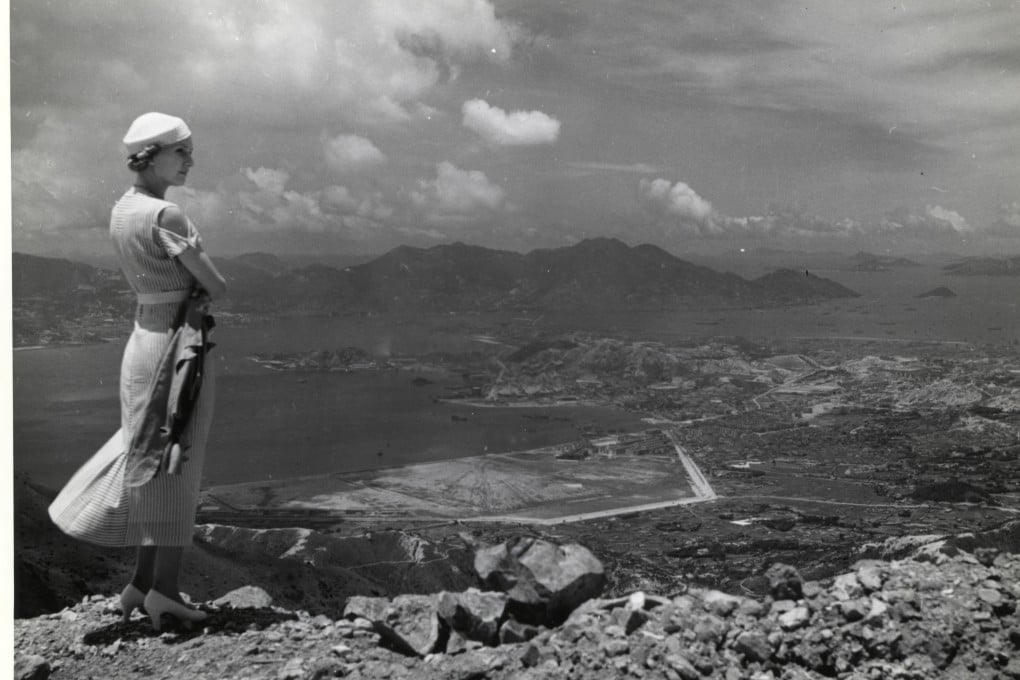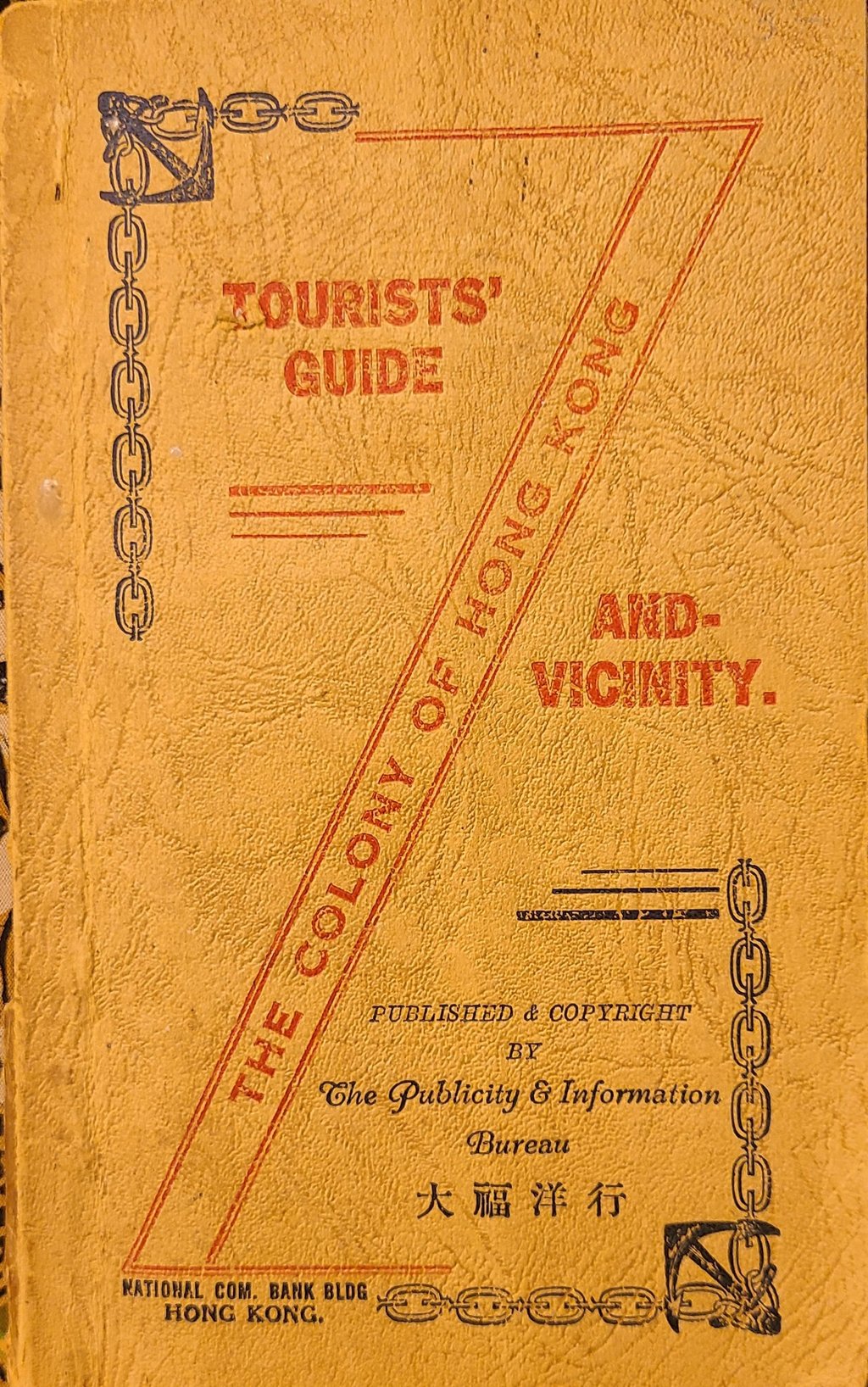Then & Now | Hong Kong for 1930s tourists: shopping, sedan chair rides, a side trip to southern China recommended in guidebook
- The Pearl of the Orient, a city of myriad lights – the Chinese Nationalist government’s guide to 1930s Hong Kong for visitors used tropes familiar decades later
- Its shopping tips were a bit different back then – ivories, blackwood, camphor trunks – and its suggestions about feeding the monkeys wouldn’t wash today

What did visitors to Hong Kong experience in the mid-1930s? International leisure travel, then, was only for the affluent; almost anyone else who ventured beyond their home countries did so for work opportunities; tourist activities encountered en route were just a welcome bonus.
After the free-spending, worldwide economic boom that characterised the Roaring Twenties abruptly ended with the 1929 stock market crash and subsequent Great Depression years, leisure travellers became a relatively scarce commodity.
Slim guidebooks such as an (unfortunately undated) Tourist’s Guide: The Colony of Hong Kong And Vicinity, interestingly produced by the Nationalist Government’s Publicity and Information Bureau, offered insights and suggestions for a brief local stay. From passing mentions that the Hong Kong and Shanghai Banking Corporation and Bank of East Asia each had soon-to-be-completed buildings under construction (both opened in 1935), publication should have been in 1934 or early 1935.

“If you care for the unusual, stop at the Chinese Shanghai Street … Here you will enjoy the picturesque quaint shops with goods of every kind and description.

